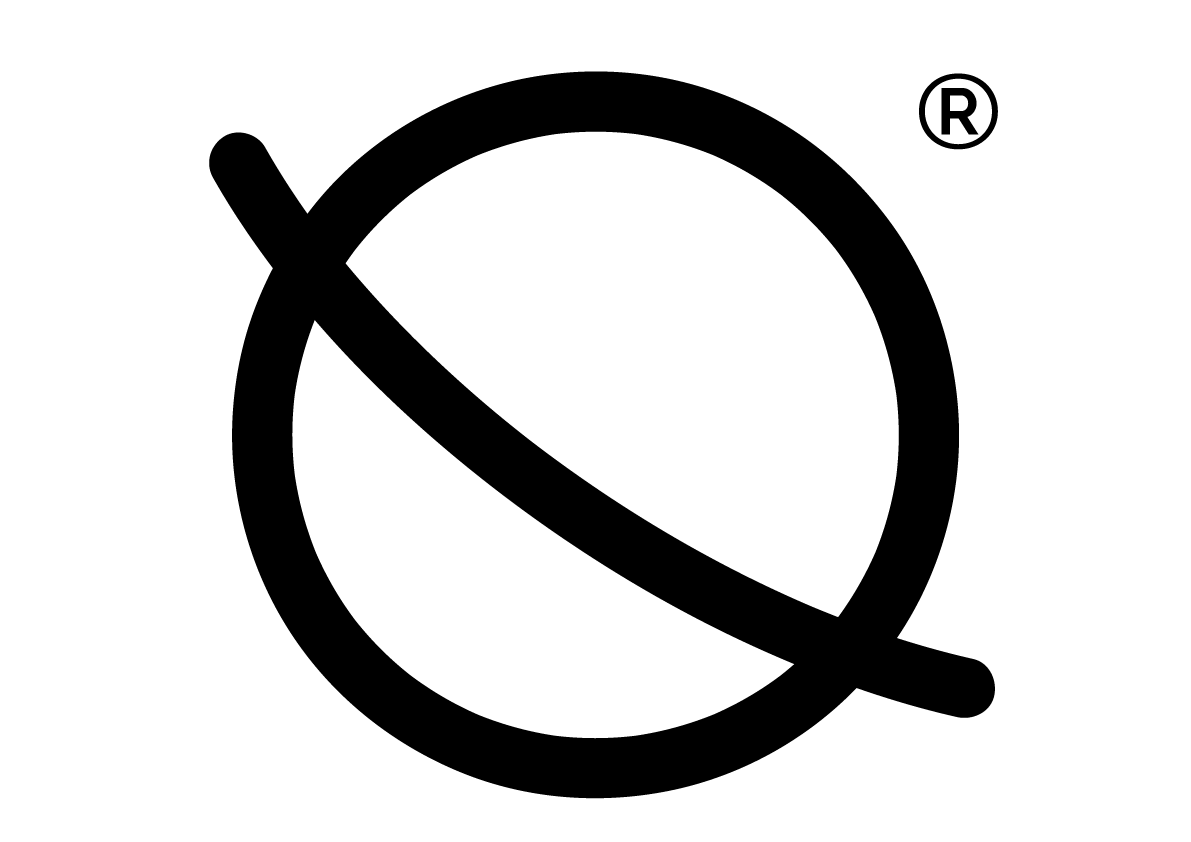How to nail Crow Pose in 4 easy steps
Crow pose, or crane pose, is a fun advanced pose which is actually a lot easier than it looks! Arm balances have a number of benefits including boosting arm and core strength, improving focus and balance while toning the whole body. Plus, overcoming the fear of falling on your face is also said to help build confidence and self-awareness!
Understandably, and for your safety, there are a number of pre-flight checks we recommend doing before starting:
Warm-up - always a good idea before any exercise!
Stretch - again always a good idea before and after any workout: we recommend dynamic stretching before, and static stretches after your workout. Be sure to really loosen up your fingers, hands and wrist as these will take a lot of load during your practice;
Don't overdo it! - Be sure to take regular breaks and don't practice for too long at first as you need to let your body recover. Over-practice increases the chance of injury;
Work on core, wrist and shoulder strength – crow is a great one for working these muscles, so it can help to do some strengthening exercises in the run up to starting your practice. It’s also a good idea to do planks beforehand to fire up the core and help you engage it more easily;
Find an open space for the practice - make sure no objects, animals or children within a 3-4m radius from your starting point!
Understand how to safely come out of the pose - try to leave the pose by returning backwards onto your feet. If you feel yourself tipping forward at any point, don’t panic; simply tuck your head and land gently on the top of your head. We recommend placing a pillow or block below your head so it doesn’t have far to fall.
Ready? Let’s try it out:
1. Start in a low squat
Squat down with feet hip-width apart. Place the elbows on top of the knees with palms facing forward.
2. Spread your fingers and place on the floor
Your hands should be hip-width apart, with your arms parallel to one another.
3. Tip forward on the balls of your feet
With your knees pressed above the back of your elbows near the armpits, push yourself up slowly by lifting your heels and leaning forward, slowly taking more weight through the palms of your hand. Your arms should not be locked straight, nor should they form right angles: aim for around 135° between your forearms and upper arms. Focus throughout, noticing how your balance shifts - stare at the ground between your hands.
4. Engage your core and liftoff!
Engage your core fully and lean forward spreading your weight evenly across your palms and fingers (don’t overload your fingers). Slowly lift one foot off the floor followed by the other and tip slowly forward until you feel your weight reach the balance point. Try shifting your weight and bending your elbows slightly if you're struggling to find this point.
Aim to hold for a few seconds before your feet return to the ground in a controlled movement – aim to increase the time you hold it for every time you repeat.
If you find that the feet have too far to move from the ground to the balance point, shorten this distance by placing your feet on a block.
If you're using the Form Grid, place your hands at the same line-intersections each time. This will help you to practice consistently while also providing something to focus on during the pose.
Practice makes perfect
As with all poses, once you understand pose and the tricks to help nail it - it's simply a matter of practice. This is a great exercise to do at home so roll out that mat and get balancing!
Read next >>>


